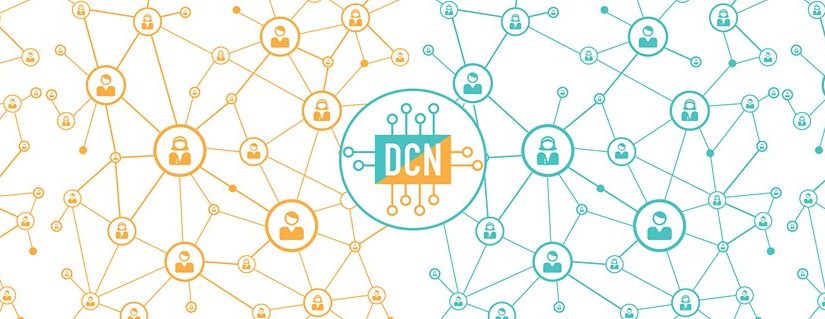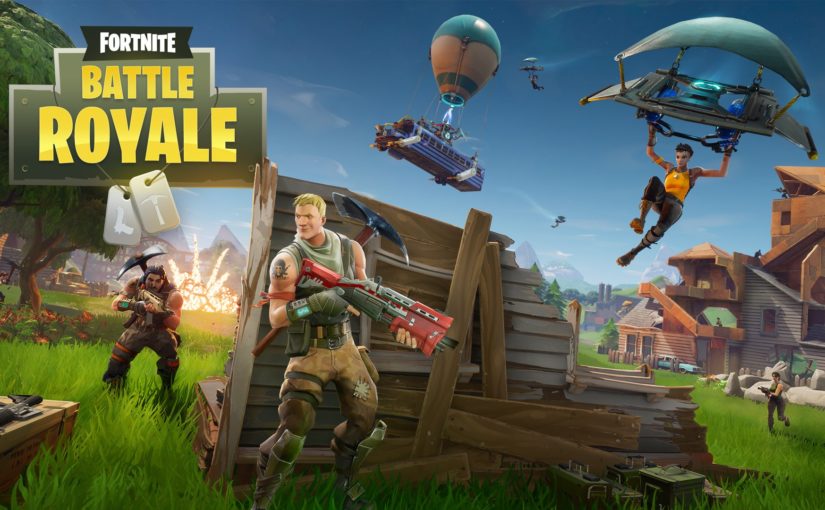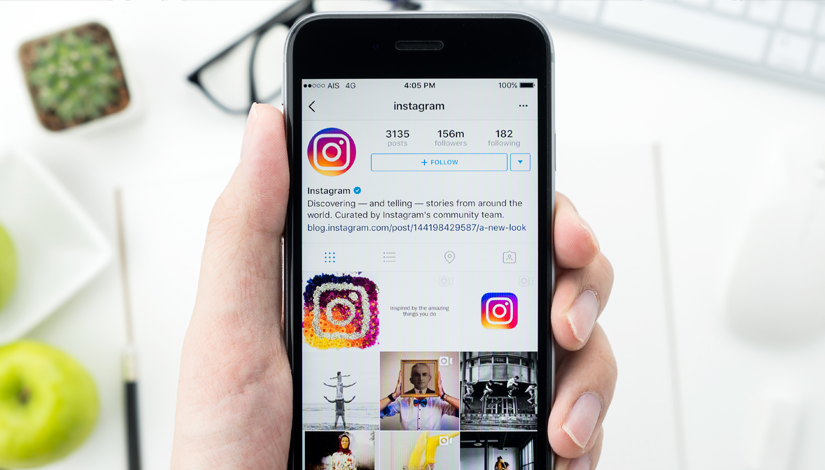ABSTRACT: With the advent of Internet-related technology and computer-mediated communication, the way that communities come together and interact with each other has changed radically. We now have infinite online mediums, used to chat, find support or make friends. The community surrounding the casual mobile game Pokémon Go is a great example of a community that comes together both online and offline. This paper will examine the ways in which the Pokémon Go community form a ‘third space’, both on and offline, and look at the civic, social and health opportunities that can arise from such a community.
KEYWORDS: Pokémon Go, casual mobile games, third space, computer-mediated communication, online community, online games, weak ties
Pokémon, of Nintendo fame, is a hugely influential franchise. With over 20 years of history including numerous video games on Nintendo’s many platforms, anime shows and movies, a popular trading card game and more, Pokémon is set in a modern fantasy world, filled with creatures that players can capture and train as they travel about the world. The Pokémon franchise has remained successful with the July 2016 release of Pokémon Go, a ‘location-based augmented reality game where players explore their actual surroundings to capture and evolve creatures in the real world (Niantic, Inc., 2016). Pokémon has always been designed with a community spirit in mind, be it through trading creatures or battling against another player. These elements of the original Pokémon games are present in Pokémon Go. Players can gather at areas frequented by Pokémon, battle gyms or complete raids together. Communication between players is mediated by platforms such as Facebook groups or Discord channels, and, as players become closer to each other, personal online chats and messaging. As Mims (2016) points out, the game is a ‘stealth social’ game – while not explicitly for bringing people together, it does so anyway as those playing it share ideas, tips and progress. This paper will argue that the Pokémon Go is a great example of both a virtual and physical ‘third place’, and that the game has the ability to move a virtual and online communities offline and into a physical setting. It will examine the definition of a third place and how it relates to both the community and the vehicle of the game itself, and how the game can help bring community together and provide civic, social and health opportunities. The game has the possibility to provide great community support and strength.
As a group that engages via computer-mediated communication (CMC), as well as offline and in ‘real life’, the Pokémon Go community can be seen as inhabiting a virtual ‘third space’. Sociologist Ray Oldenburg introduced the concept of the third space in 1999 as a way “to describe the public spaces used for informal social interaction outside of the home and workplace” (Soukup, 2006, p421). These include cafés, churches, parks, hair salons, libraries and clubs.
Oldenburg (1999) describes some key features of third places, which are as follows:
- They are on neutral ground;
- They are a leveler;
- Conversation is the main activity;
- They are accessible;
- They have ‘regulars’;
- They have a low profile;
- They are a home away from home; and
- The mood is playful.
It can be seen that most of these characteristics are represented within the CMC of the Pokémon Go community, as well as within the gameplay itself.
- Neutral ground
Steinkuehler and Williams (2006, p890) identify games as being “neutral grounds in the sense that there is no default obligation to play”. Unless a player enters into a legal, financial or otherwise agreement (such as in e-sports, an activity not typically linked to casual games such as Pokémon Go) they can start up and quit the game, or leave the community space, as they please. - Leveler
As is the case in the vast majority of games, all players of Pokémon Go, regardless of social or financial status, previous Pokémon playing experience, start the game on an equal level. An initial player has no Pokémon, no in-game currency and they begin at level 1. - Conversation
Players talk to each other through such mediums as online grassroots network The Silph Road (Geraghty, 2017) as well as other platforms such as Facebook, Discord and Reddit. The entire purpose of these platforms is to share conversation with other users. - Accessibility
Virtual communities such as those mediated by Discord, Facebook or Reddit are perpetually accessible, given their online nature. They are accessible directly via one’s home, or on the go via a mobile device or laptop and Internet. The game itself is also playable at any time, and players can go geographically almost anywhere with it. - Regulars
Whilst the game was very popular when it initially came out, and has gained over 750 million downloads (Carter, 2017) in its first year, users began to report a lack of game content and buggy servers. Despite this, nearly two years later as Geraghty (2017) says, it has retained a ‘surprisingly loyal fanbase’ of about 60 million players. A lot of these players participate in forums such as The Silph Road, Reddit or local Facebook groups, and no doubt form a core group of ‘regulars’ that frequently enjoy playing the game with each other. - Low profile
While Pokémon Go might have a bright, colourful and sometimes intense game design, and not fit the low profile criterion visually, the social function of its environment does. The social atmospheres are informal and without pretension, and are not mediated by any kind of official Pokémon organisation. - Home away from home
Trepte, Reinecke and Juechems (2011) report finding “online gaming may result in strong social ties, if gamers engage in online activities that continue beyond the game and extend these with offline activities”. This is definitely true of a game such as Pokémon Go, with its offline activities (such as hunting for Pokémon or battling gyms together) extending from the interactions that happen online (for example, planning such activities). - Playful mood
In his seminal text Homo Ludens, the Dutch theorist Huizinga (1955) defines play as “a free activity standing quite consciously outside ‘ordinary’ life as being ‘not serious,’ but at the same time absorbing the player intensely and utterly”. Pokémon Go and its communities fit neatly into this definition, with players discussing strategies, ideas and other relevant information within groups, whilst maintaining an understanding of friendliness and lightheartedness.
As demonstrated above, it can be seen that the Pokémon Go community’s computer-mediated communication can be classified as a third space. But what about its offline communication, and the way players come together when there is nothing virtual except the game itself, played on mobile devices? Sessions (2010, p376) defines a ‘meetup’ as “local, face-to-face gatherings of online community members”. This definition fits Pokémon Go communities well, as they are indeed local due to the geographic element of the game (and players in different suburbs or cities might organize their own personal meetups based on the geographic placement of its community members). Her study shed light on the social implications of virtual community meetups. She notes, “It should not be assumed that meetups are beneficial to the community … in these cases, such communities may lose the benefit of weak ties, and the exchange of resources with weak social ties may be sacrificed” (Sessions, 2010, p376). These weak ties are essential to such a community because they provide diversity to the players. In addition, Constant, Sproull & Kiesler (1996) found that weak ties are essential because information providers gave advice and solved the problems of information seekers, “despite their lack of a personal connection with the seekers”. This technical advice is reflective of the way that players most often interact in forums and groups online, seeking advice and ideas from other players such as where there is an abundance of a certain Pokémon, or if anyone else is experiencing a specific glitch in the game. However, Sessions (2010) goes on to suggest that ‘multiplex’ relationships – which are relationships that are maintained both online and offline – make attendees of such meetups engage more with the online community as a whole, and contributes to creating social capital. Additionally, Trepte, Reinecke and Juechems (2011) suggest “beneficial effects of online gaming on online social capital and offline social support are particularly likely the more users interact both in online and offline settings”. So, whilst not with abandon, players should (and do) continue to ‘meetup’ in offline settings, hunting for Pokémon and battling gyms together.
Pokémon Go also has an effect on the wider community. As Perry (2016) wrote for Business Insider, “The other night, I put down a lure module on a PokéStop (which lures more Pokémon to the stop) in the park across from my apartment. At 10 p.m., with a slight drizzle coming down, several people showed up within minutes.” This is representative of the type of community engagement and spirit that people were playing the game with. Kagi (2017) reported that a visitation to King’s Park, a popular park in Perth, Western Australia, improved 12.5% on the previous year and was the highest visitation on record. This was largely due to the Pokémon Go craze, and players flocked to concentrated areas after rare Pokémon became available in the area. This ‘offline’ use of a digital game reflects the strength of the in-game community.
It can also bring isolated people together, and bring them into the community. One such health phenomenon that Pokémon Go could address is that of the condition hikikomori, of Japan – a severe social withdrawal documented amongst teenagers and adults who experience fear, anxiety and a sense of refusal (Tateno, Park, Kato, Umene-Nakano & Saito, 2012). Individuals who experience hikikomori become recluses in their own homes or rooms. This is almost directly correlated with the availability of the Internet and a growing incidence of Internet addiction. However, with the release of Pokémon Go, there are reports of gamers becoming less sedentary and having improvements in depression and anxiety through physical activity (McCartney, 2016). Tateno et al. (2016) indicate that for some cases of hikikomori, Pokémon Go could provide a rehabilitation opportunity, and suggest placing PokéStops at hikikomori support centres to serve as an adjunct to other psychiatric interventions. This is just one example of how gamification of a community resource could provide advances in care.
There is an ever-increasing amount of discourse about whether or not video games have a positive or negative impact on people’s social lives. Pokémon Go is absolutely beneficial to players for health reasons, due to them getting outside and moving about while playing the game, but it is also beneficial for their social experience as well. As Kaczmarek et al. (2017) found in their study, “Pokémon Go also provides an opportunity for players to interact face-to-face with each other and socialize, which has emerged as a social factor that has been related to greater engagement in games”. The successful gamification of activity brought on by Pokémon Go has allowed people to join strong and welcoming communities they would not otherwise have known existed. Within the community everyone has at least one shared interest – their interest in Pokémon Go – and because of this their social capital is increased. Once social capital has been established amongst the virtual community, it then spills over into offline social capital, as members begin to meet up and play the game together. Gross, Katz and Rice (2003) state that the attributes of a virtual gaming community “have many advantages over physical communities, such as successfully breaking down boundaries of race, gender, ethnicity, and geographic location established in physical communities.” Players talk to each other from across the world as well as locally, creating communities virtually and then taking them offline. As Soukup (2006) states, “the virtual third place should feel like a place that is integrated seamlessly into the existing textures and details of our lived communal experiences.” The communication that occurs in the community spaces takes place in oft-used digital spaces such as social media, further cementing the game and its community as a third space.
References
Carter, C. (2017). Pokémon Go has made $1.2 billion to date, surpasses 750 million downloads. Retrieved from https://www.destructoid.com/pokemon-go-has-made-1-2-billion-to-date-surpasses-750-million-downloads-446609.phtml
Constant, D., Sproull, L. & Kiesler, S. (1996). The kindness of strangers: the usefulness of weak ties for technical advice. Organization Science, 7(2), 119-135.
Geraghty, L. (2017). Pokémon Go no longer has the hype of 2016, but a loyal fanbase remains. Retrieved from http://theconversation.com/pokemon-go-no-longer-has-the-hype-of-2016-but-a-loyal-fanbase-remains-80438
Gross, M., Katz, J., & Rice, R. (2003). Social Consequences of Internet Use: Access, Involvement, and Interaction. Contemporary Sociology, 32(6), 691.
Huizinga, J. (1955). Homo ludens; a study of the play-element in culture. Boston, USA: Beacon Press.
Kagi, J. (2017). Pokémon Go craze drives extra 790,000 visitors to Kings Park in Perth. Retrieved from http://www.abc.net.au/news/2017-09-16/spike-in-kings-park-visitor-numbers-after-pokemon-go-craze/8950482
Kaczmarek, L. D., Misiak, M., Behnke, M., Dziekan, M. & Guzik, P. (2017). The Pikachu effect: Social and health gaming motivations lead to greater benefits of Pokémon Go use. Computers in Human Behavior, 75, 356-363. https://doi.org/10.1016/j.chb.2017.05.031
McCartney, M. (2016). Margaret McCartney: Game on for Pokémon Go. BMJ, 354, 4306. https://doi.org/10.1136/bmj.i4306
Niantic, Inc. (2016). Explore! | Pokémon Go. Retrieved from http://www.pokemongo.com/en-au/explore/
Oldenburg, R. (1999). The Great Good Place: cafés, coffee shops, bookstores, bars, hair salons and other hangouts at the heart of a community. Cambridge, USA: Da Capo Press.
Perry, A. (2016). The 3 best things about ‘Pokémon GO’. Retrieved from http://www.businessinsider.com/the-3-best-things-about-pokemon-go-2016-7
Siegal, J. (2017). Four out of five ‘Pokémon Go’ users have quit. BGR. Retrieved from http://bgr.com/2017/04/03/pokemon-go-popularity-2016-users/
Soukup, C. (2006). Computer-mediated communication as a virtual third place: building Oldenburg’s great good places on the World Wide Web. New Media & Society, 8(3), 421-440. http://dx.doi.org/10.1177/1461444806061953
Steinkuehler, C. A. & Williams, D. (2006). Where Everybody Knows Your (Screen) Name: Online Games as ‘‘Third Places’’. Journal of Computer-Mediated Communication, 11, 885-909. http://dx.doi.org/10.1111/j.1083-6101.2006.00300.x
Tateno, M., Park, T.W., Kato, T.A., Umene-Nakano, W., Saito, T. (2012). Hikikomori as a possible clinical term in psychiatry: a questionnaire survey. BMC Psychiatry, 12, 169. http://dx.doi.org/10.1186/1471-244X-12-169
Tateno, M., Skokauskas, N., Kato, T. A., Teo, A. R., Guererro, A. P. S. (2016). New game software (Pokémon Go) may help youth with severe social withdrawal, hikikomori. Psychiatry Research, 246, 848-849. http://dx.doi.org/10.1016/j.psychres.2016.10.038
Trepte, S., Reinecke, L. & Juechems, K. (2011). The social side of gaming: How playing online computer games creates online and offline social support. Computers in Human Behaviour, 28, 832-839. http://dx.doi.org/0.1016/j.chb.2011.12.003

This work is licensed under a Creative Commons Attribution 4.0 International License.








